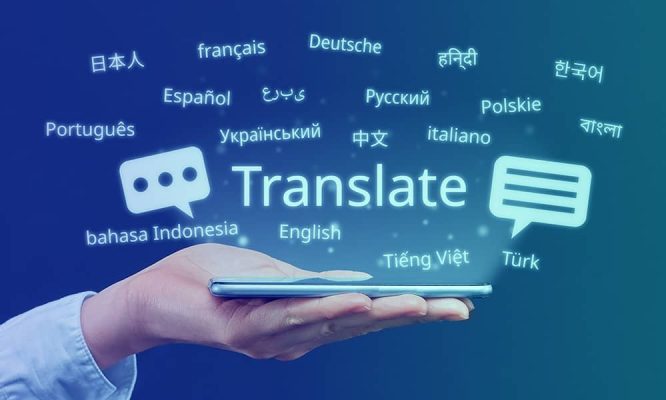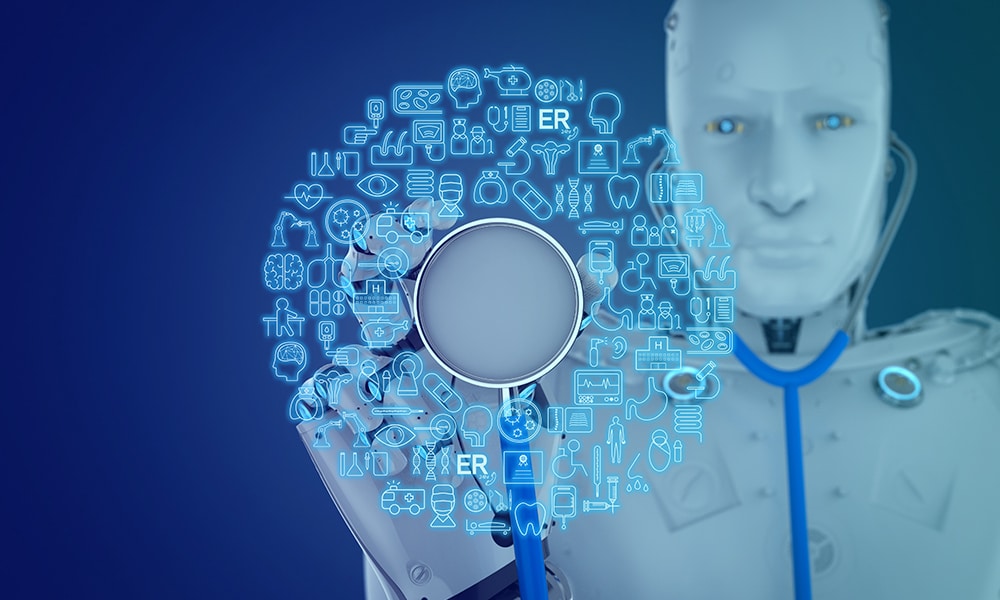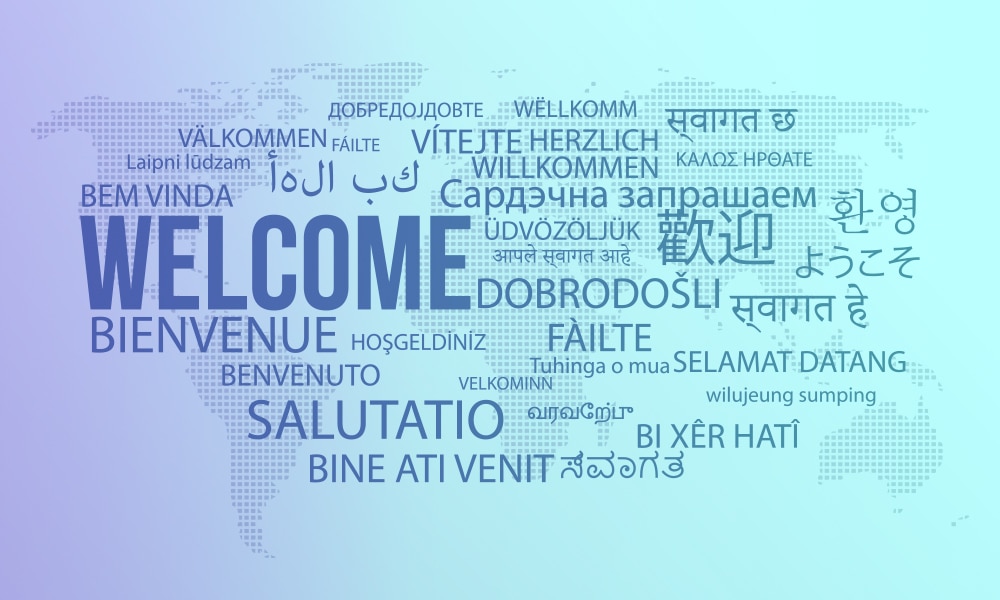NLP technology is gaining prominence at a progressive rate. The combination of computer science, information engineering, and artificial intelligence can potentially remove language barriers. With the NLP technology, no matter the language used for communication, all the parties will be able to listen and read the information in the language they know.
Natural Language Processing (NLP) trains computers to understand human languages. It uses machine learning to continuously learn and gain more knowledge. As a result, the NLP-AI combination is becoming smarter. Using its capabilities, which are also increasing progressively, it will become more proficient and advanced.
What is Natural Language Processing (NLP)?
Natural language processing is a branch of artificial intelligence that uses its power to understand linguistics and make smart computer programs. These programs are capable of understanding text and spoken communication like humans. But NLP technology has the capability to learn and understand multiple languages at once and translate them to the language of your choice.
The NLP technology combines computational linguistics and rule-based modeling of the language with machine learning and deep learning. Using this, a computer can understand the text or audio only to translate it into another language.
Even today, we have several examples of NLP in action, like Siri, Google Assistant, Google Translator, and some auto-suggestion tools. The suggestions provided by Grammarly while writing emails or in search engines are all enabled with the NLP technology.
How NLP Technology Works?
The NLP technology makes a computer program understand human text and speech. Since computers only understand the binary language consisting of 0s and 1s, we needed a system to first make a computer understand words.
For this, word representation is utilized, where words are encoded into the computer language. Several techniques are used for this purpose, and one-hot is one of these techniques.
In addition to this, a suite of NLP techniques is used to help a computer understand human language. These include;

- Stemming: A process where similar words are cut short to their origin word, like Finalize, from Final by eliminating alphabets one by one.
- Lemmatization: This is a technique whereby the words are eroded down to find their meaningful base structure.
- Tokenization: With this technique, sentences are broken down into smaller blocks to identify words, symbols, and numbers from them.
- Sentiment Analysis: This is where a computer tries to identify the tone and emotion behind the sentence.
- Word Sense Disambiguation: This technique is used to determine whether the same word has different meanings when used in different contexts.
- Part of Speech (POS) Tagging: POS tagging is used to annotate each word in the text. This includes identifying verbs, adverbs, nouns, adjectives, and all the other parts of speech.
In addition to these techniques, an NLP program also uses algorithms for understanding human-generated text and speech. The Rule-based system is used to set the rules for linguistics to analyze data.
Machine learning is an important part of NLP as it is used to seed training data to the computer program. Using this data, the NLP program can adjust its text and voice recognition patterns.
[Also Read: 15 Best NLP Datasets to train you NLP Models]
Machine Translation for Building NLP

Can you imagine how world leaders are able to participate in meetings where everyone speaks their language? These meetings have a simultaneous interpretation system, which means computer programs and human interpreters work together to translate the speech and then convert it into other languages as required.
While this may be the present-day ultimate goal of NLP technology to remove all the language barriers, this technology is still growing and advancing. The NLP technology makes this possible by using Machine Translation, which essentially uses a computer program to translate text and speech.
Progressing from a stage where inaccuracies were prominent, machine translation has seen improvements with Neural Machine Translation (NMT). NMT has further improved how NLP functions, thereby improving its translation capabilities.
Here are the benefits of machine translation in NLP:
- NLP programs can now read and translate books, websites, and product details in a matter of seconds.
- It has substantially reduced the cost and efforts required for translation.
- The level of accuracy has also increased with the usage of machine learning algorithms.
- Businesses can now customize the translation process according to their requirements.
This is possible because NMT leverages deep learning methodologies like recurrent neural networks (RNN) and attention mechanisms. These enhance the capabilities of an NLP program, increasing its range of understanding of linguistic rules, patterns, and processing speed for long sentences and sentences with complex structures.
NMT helps a program convert words into vectors, placing together semantically similar words. Generating a sequence of vectors or words, the program generates a sentence. From here, it uses the encoder-decoder framework for mapping the input sentence in a vector space, and the decoder sends the translated sentence to the interface.
Conclusion
The combination of NLP, NMT, neural networks, and deep learning mechanisms is bringing significant improvements in text and speech recognition and translation. Even with all the advancements in this field, human interpreters and editors are required to maintain the balance. For businesses and companies looking to have their own interpretation system, contact Shaip for conversational AI-based bespoke solutions fitted with NLP and machine translation.








